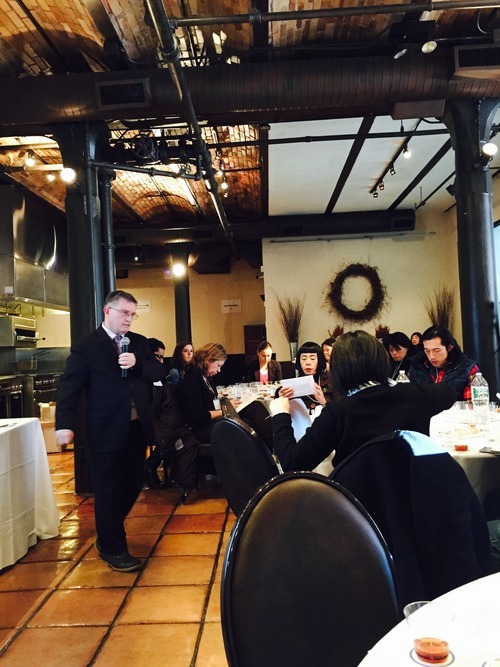
Western cuisine itself is evolving. With recent modern techniques and subtleties, Sake is beginning to find a place on the table. “Try this, you might be surprised,“ Roger tells the group while gesturing towards a flight of Sake paired with small bites. As Sake is slowly assimilating into western culture, we can approach pairing Sake in a similar fashion as we would with wine.

Roger claimed to create the first United States Sake pairing dinner in 1999 at the Chanterelle. The basics are simple- match the structure and play on cultural affinities. He carefully executed a menu and pairing for us, starting with a Sake that looked like Whey in a glass.
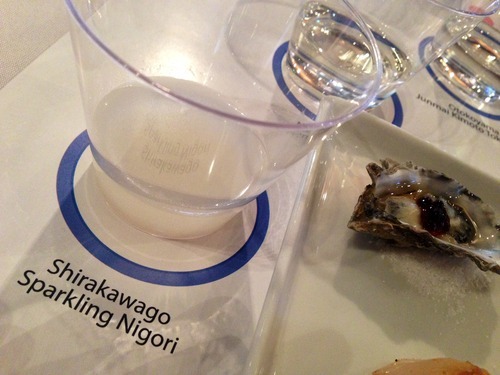
Milky and cloudy, the first Sake was a Sparkling Shirakawago Junmai Ginjo Nigori. The mayor of the Shirakawa village requested unrefined Sake 40 years ago and the result was this popular pure rice Nigori-zake. Meaning, “lightly clouded,” the translation was a bit of an understatement. I can only imagine a guest’s reaction when this is poured alongside their dinner- the appearance can leave some unsettled. However, Roger paired the Sake with a Kumamoto oyster topped with light soy caviar and it suddenly made sense. The creaminess of the sake matched the fat oyster as the effervescence exacerbated the acidity and refreshed the palate. Better than Muscadet? Just maybe…
Next was Cured Wild Striped Bass lightly seasoned with black salt and pink peppercorns. To match the spice that sprinkled the fish, Roger chose Narutotai Junmai Ginjo Nama Genshu. Made from a traditional Buddhist family, the business has been passed down from father to son for 10 generations. This Sake was unpasteurized and undiluted, (Nama means unpasturized, Genshu means undiluted) meaning that it held a higher alcohol content of 18-20%. In the glass it was clear, day bright with glycerol on the rim that gave away it’s higher alcohol. The fattiness of the fish worked alongside the punchy and fuller-bodied Sake which was able to stand up to the spice. Even with the intense mouthfeel, the acidity was still searing.
Sitting next to a quaint little Macaron was our next Sake- Otokoyama Junmai Kimoto Tokubetsu. The translation is “Man’s Mountain”, and the Otokoyama brewery is located in the snowy Japanese prefecture of Hokkaido located at the Northern most part of Japan. Hazelnuts and Yogurt aromas jumped out of the glass presenting a rather unique Sake. Roger paired it with a Porcini Mushroom Macaron with white truffle mousse. Sake has a ton of amino acids which is what gives it “Umami” flavors, this element of the beverage can highlight dishes where this flavor is especially present.
With a seared sea scallop and lemon aioli, we were next given Kitaya Junmai Ginjo. This more delicate style of Sake was also my favorite, it held a slight bitterness on the finish which worked to enhance the dish. At the Kitaya brewery they use primarily the renowned Yamada Nishiki strain of rice. They follow strict guidelines that surround the strain, including polishing accordingly-
Itoshima’s Yamada Nishiki:
Top-left – Unpolished Rice Top-right – Polished down to 60%
Bottom-left – Polished down to 50% Bottom-right – Polished down to 35%
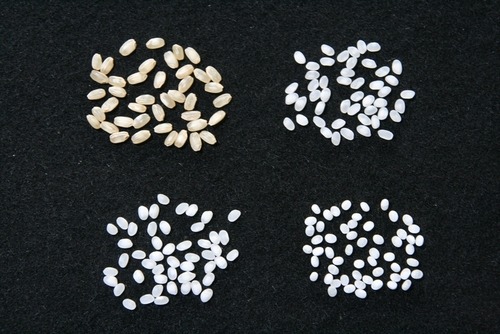
Last of the savory items was a roasted chicken tenderloin with lemon and parsley. Simple. But the paired Sake was just the opposite. Extremely rare, the Dassai 23 Junmai Daiginjo is also rather expensive. Usually the highest quality Sake’s are Daiginjo- 50% of the original rice grain remains- polished to near purity. However, this Sake was milled down to 23%, half the size of a normal Daiginjo. This slow, methodical process is made evident in the taste and nature of the beverage. While the Sake is quite aromatic, it is clean and fresh- like smelling a basket full of fresh laundry.
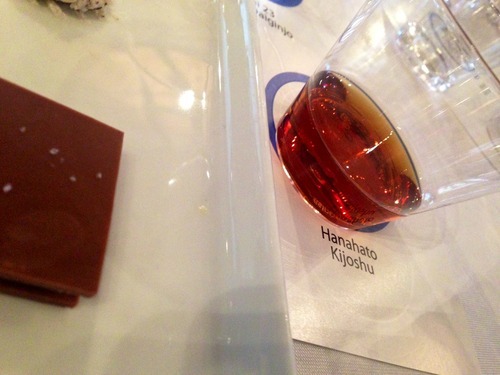
Lastly, we were given a chocolate disk with chocolate mousse. Typically, we don’t think of Sake as a dessert beverage. But Roger wanted to change our mindset. The Hanahato Junmai Kijoshu suggested sweetness in aromatics of caramel and biscotti but it slickly glided across the palate to an almost dry finish. Imagine something that smelled like Port but had the lean body of Sake, it’s an unusual dessert beverage. We are usually accustomed to some body in our dessert drinks, from gloopy Pedro Ximenez to syrupy Beerenauslese. Instead, this Sake offers developed aromatics without the weight.
I don’t particularly care for rice. Usually, it is just a vehicle for something more delicious in the meal. But after listening to Roger it’s clear that we should all be drinking rice. Maybe an entire Sake-pairing menu is a bit much for some Restaurants but throw it in once in a while and see what happens… you might be surprised.
*So I talked a bit about pairing but for more information on Sake, brewing, rice and the basics… here are a few great resources:
http://www.japansake.or.jp/sake/english/
http://www.kitaya.co.jp/page/sakezukuri_eng.html
Get your Grape on… with Victoria James.
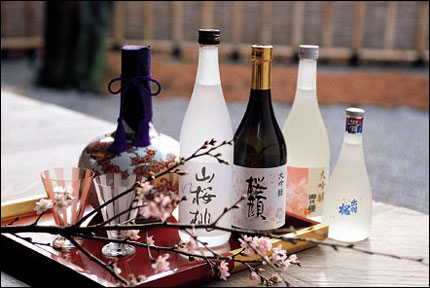
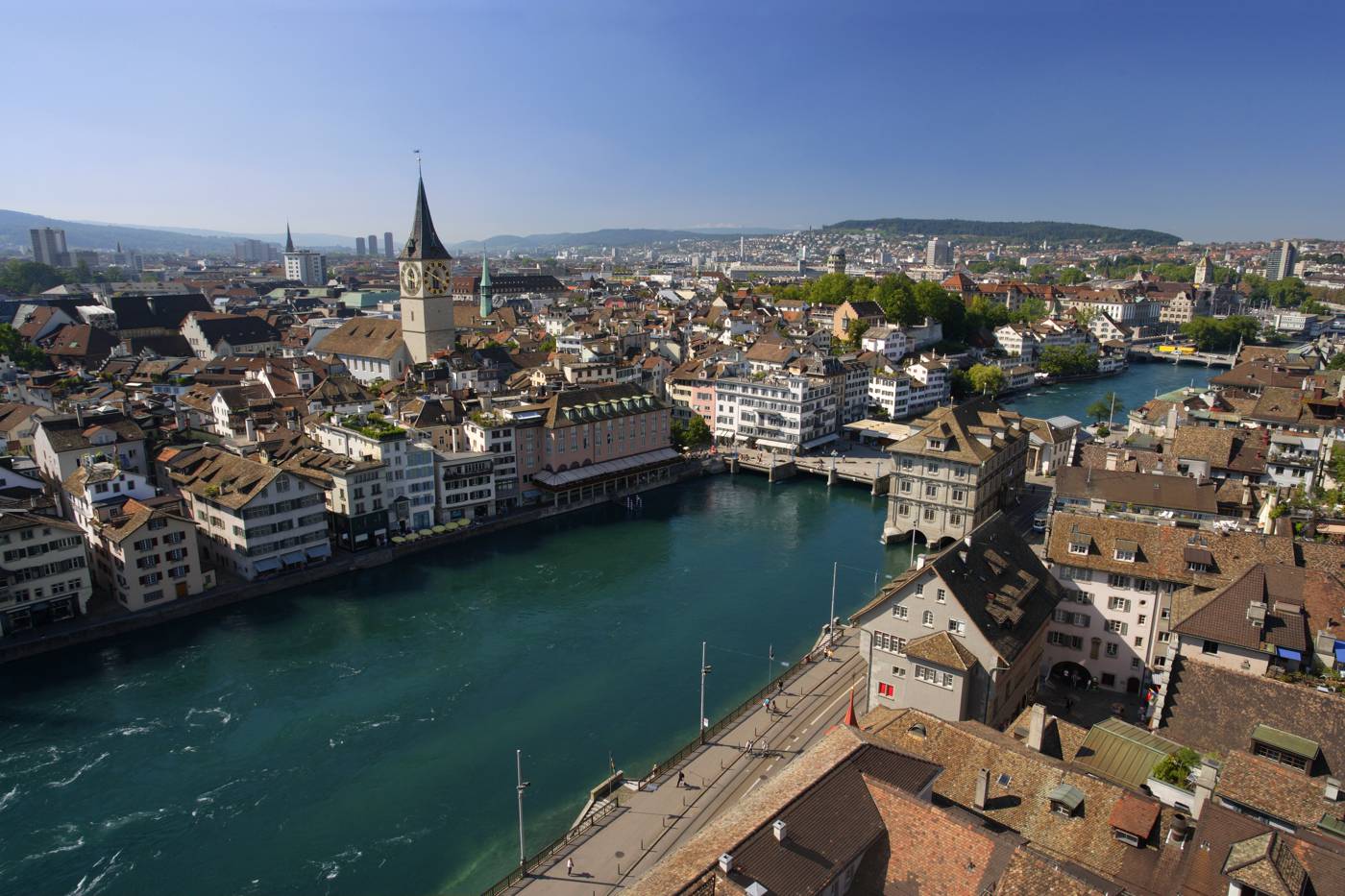
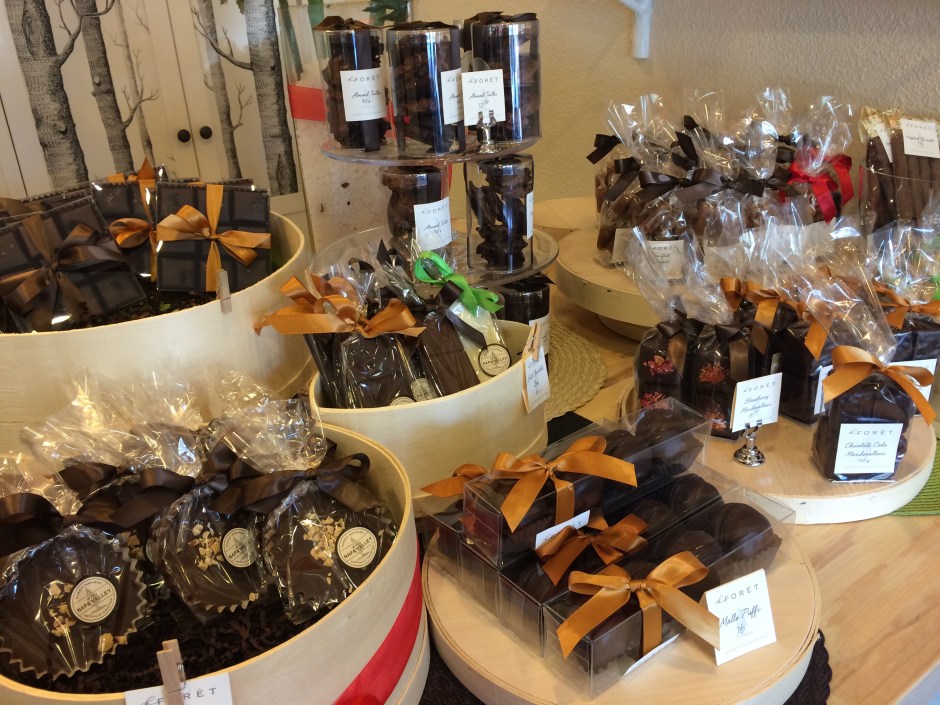
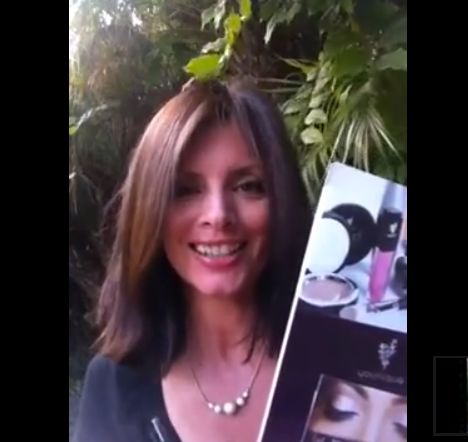

 Hi I’m Catherine, founder of Wine Women And Chocolate. Want to become a contributor for Wine, Women & Chocolate? Interested in sharing your unique perspective to a group of supportive, like-minded women?
Hi I’m Catherine, founder of Wine Women And Chocolate. Want to become a contributor for Wine, Women & Chocolate? Interested in sharing your unique perspective to a group of supportive, like-minded women?